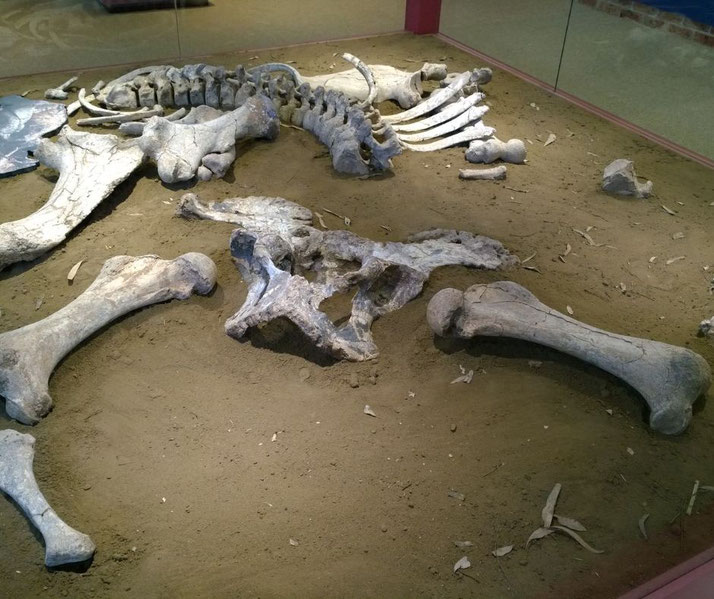How the First Nations Peoples of Australia adapted to an ever-changing environment

Long before the arrival of European settlers, First Nations Australians had been living in harmony with the land for tens of thousands of years.
Their deep connection to the environment allowed them to adapt and respond to various environmental changes, ensuring their survival and the continuation of their unique cultures.
Rising sea levels and lost land bridges
One of the most significant environmental changes faced by First Nations Australians was the rising sea levels between 18,000 and 7,000 years ago.
As the ice caps melted and waters rose, vast stretches of land were submerged.
This meant that the land bridge connecting mainland Australia to what is now Tasmania disappeared beneath the waves.
Similarly, the Torres Strait Islands emerged from a once continuous land bridge.
These changes isolated communities and reshaped the Australian coastline. But the memories of these events weren't forgotten.
Through oral traditions, stories of these times were passed down from generation to generation, reminding future generations of the ever-changing nature of the land.
Adapting to arid landscapes
Another challenge faced by First Nations Australians was the drying up of certain landscapes.
Places like Lake Mungo, which once held water, became arid and dry. However, the people didn't simply abandon these areas.
Archaeological evidence shows that they maintained a seasonal presence in regions like the Willandra Lakes.
They would return when water was available, showcasing their deep understanding of the land's rhythms and their ability to adapt to its changes.

The megafauna of Australia
During the Pleistocene epoch, Australia was home to a variety of large animals, known as megafauna.
These creatures, much larger than the animals we see today, roamed the landscapes.
First Nations Australians had to develop strategies for sustainable hunting, ensuring they didn't deplete their food sources.
The presence of these large animals required careful planning and understanding of the environment to ensure that communities could thrive alongside these giants.

Some notable examples include the Diprotodon, a massive herbivore resembling a giant wombat and considered the largest marsupial ever to have lived; the Thylacoleo, or "marsupial lion", a carnivorous creature with powerful jaws and sharp claws; the Genyornis, a large flightless bird; the giant kangaroo, Procoptodon, which stood taller than modern-day humans; and the Megalania, a gigantic monitor lizard that was one of the largest terrestrial lizards known to have existed.
These creatures, along with many others, dominated the Australian landscape until their eventual extinction around 40,000 years ago.
The history of First Nations Australians is a story of resilience, adaptability, and a profound connection to the land.
Their deep understanding of the environment and their commitment to living in harmony with it offers lessons for all of us today.
What do you need help with?
Download ready-to-use digital learning resources
Copyright © History Skills 2014-2025.
Contact via email
With the exception of links to external sites, some historical sources and extracts from specific publications, all content on this website is copyrighted by History Skills. This content may not be copied, republished or redistributed without written permission from the website creator. Please use the Contact page to obtain relevant permission.





